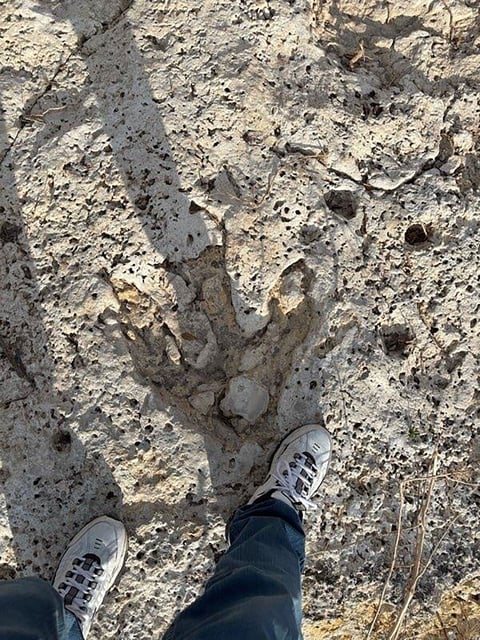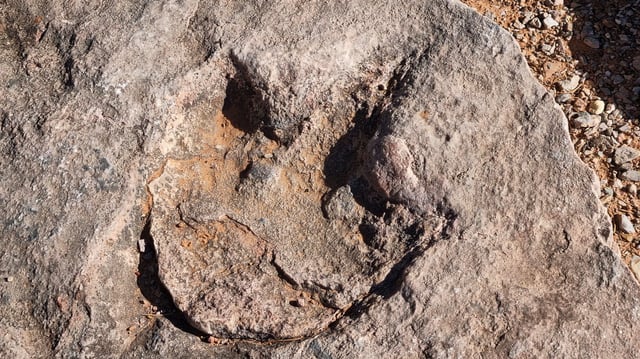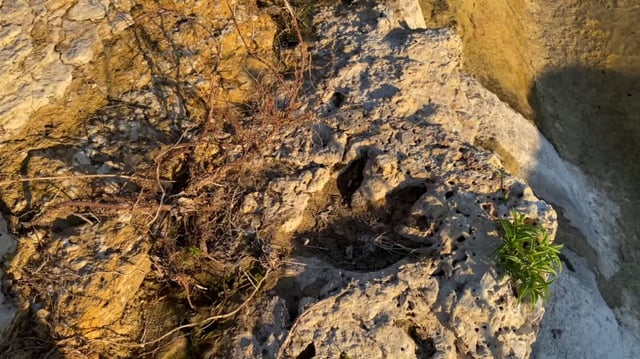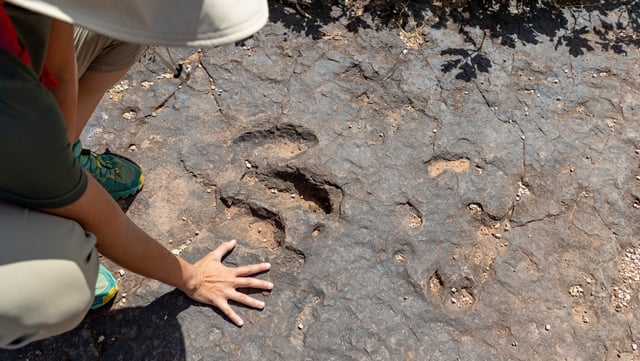Overview
- A volunteer clearing flood debris in early July uncovered 15 three-clawed prints along Big Sandy Creek in Travis County, Texas.
- University of Texas paleontologists measured each footprint at about 18 to 20 inches long, dated them to roughly 110 to 115 million years and attributed them to a large theropod similar to Acrocanthosaurus.
- Researchers advised Travis County officials and cleanup crews to avoid heavy machinery over the site to prevent damage to the exposed trackways.
- The paleontology team plans to return for systematic mapping and 3D scanning to determine how many dinosaurs made the prints and analyze their spatial arrangement.
- The discovery site is on private property and remains off-limits to the public under the landowner’s confidentiality request.



